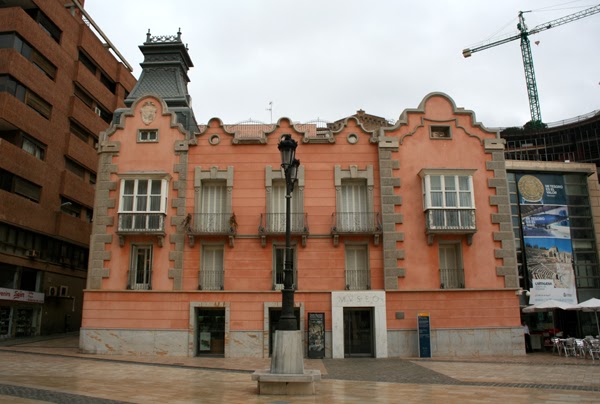 |
| Speaking English at the Bar Oliver |
Having arrived back on the bus from Cartagena, it wasn't too long before I set off again to the Zig Zag commercial centre, where I spent my fourth night as a guest of the Language Workshop.
 My role again, as a native English speaker, was to act as a co-ordinator of a small group of keen students of the English language, this time inside the Bar Oliver. Using the same prepared questions that I had on the Wednesday night at El Ahorcado Feliz, but this time with a different set of people, it proved to be another evening where my help was very much appreciated.
My role again, as a native English speaker, was to act as a co-ordinator of a small group of keen students of the English language, this time inside the Bar Oliver. Using the same prepared questions that I had on the Wednesday night at El Ahorcado Feliz, but this time with a different set of people, it proved to be another evening where my help was very much appreciated.
After a couple of hours, the first part of the evening came to a close and part of the large group reconvened at La Tasca de Mari, where several people were very keen to speak to me, before and after the formalities of the evening - when I was asked to give another short speech.
 |
| Salsa at the Bora Bora |
Having had some much needed tapas, my first food since breakfast, the night finished at the Salsateca Bora Bora - a salsa dancing club at the Zig Zag. After a very long and eventful day, I hardly had the energy to think about anything else, except to enjoy a nice cold beer and contemplate the long journey back home to England the next day.
However, even though I had never thought of taking a dancing lesson in my life, I was very tempted to stay longer and give it a go, especially when talking to a slim and very attractive potential dance partner - who I only had a chance to talk to at the very end of the night!









